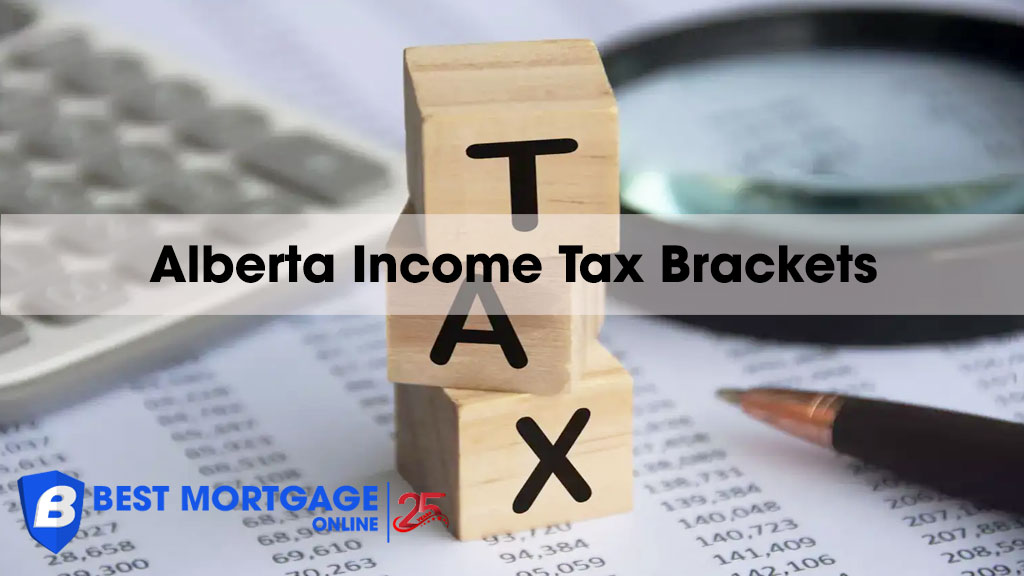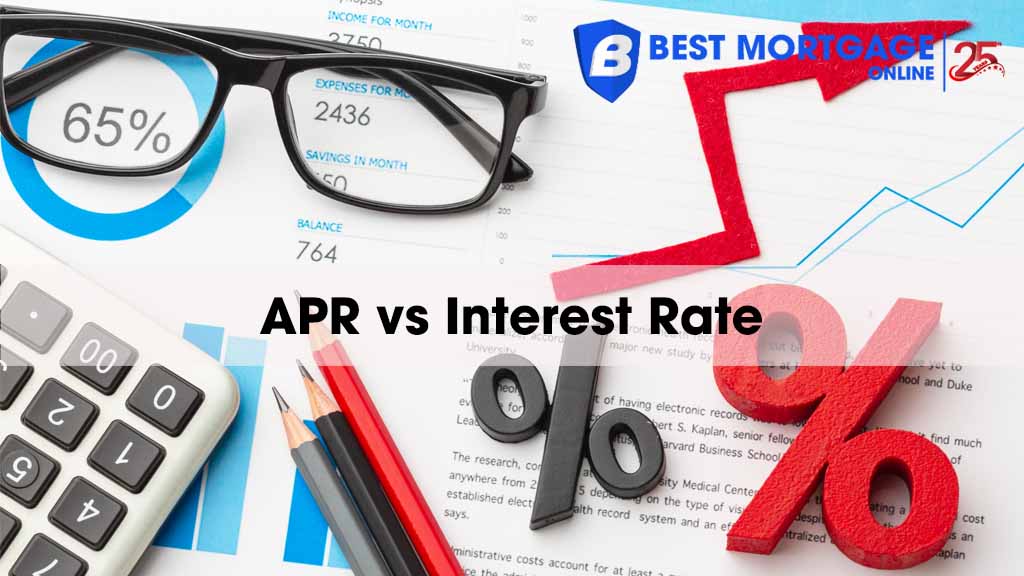Nova Scotia’s tax brackets, rates, and credits impact residents’ financial planning and tax obligations. This guide examines Nova Scotia income tax brackets for 2024 and 2025, providing the detailed analysis you need to make informed financial decisions.
Nova Scotia Tax Rates 2024 and 2025
Understanding your tax obligations begins with knowing where your income falls within Nova Scotia’s progressive tax structure. Nova Scotia currently implements a 5-bracket income tax system:
| 2025 NS Tax Rate | 2025 NS Tax Bracket | 2024 NS Tax Rate | 2024 NS Tax Bracket |
|---|---|---|---|
| 8.79% | $30,507 or less | 8.79% | $29,590 or less |
| 14.95% | Over $30,507 up to $61,015 | 14.95% | Over $29,590 up to $59,180 |
| 16.67% | Over $ver $61,015 up to $95,883 | 16.67% | Over $59,180 up to $93,000 |
| 17.5% | Over $95,883 up to $154,650 | 17.5% | Over $93,000 up to $150,000 |
| 21% | Over $154,650 | 21% | Over $150,000 |
On top of the provincial tax, residents in Nova Scotia also pay the federal income tax:
| 2025 Federal Tax Rate | 2025 Federal Tax Bracket | 2024 Federal Tax Rate | 2024 Federal Tax Bracket |
|---|---|---|---|
| 15% | $57,375 or less | 15% | $55,867 or less |
| 20.5% | $57,376 to $114,750 | 20.5% | Over $55,867 up to $111,733 |
| 26% | $114,751 to $177,882 | 26% | Over $111,733 up to $173,205 |
| 29% | $177,883 to $253,414 | 29% | Over $173,205 up to $246,752 |
| 33% | $253,415 and over | 33% | Over $246,752 |
Key changes from 2024 to 2025:
- Bracket thresholds increase by 3.1% indexation
- Small business tax cut (2.5% to 1.5%)
- Non-eligible dividend tax credit reduced to 1.5%
Nova Scotia Basic Personal Amount (BPA)
The basic personal amount represents income you can earn tax-free, forming the foundation of Canada’s progressive tax system. The 2024 BPA are:
| Income Level | Provincial Basic Amount | Federal Basic Amount |
|---|---|---|
| Under $25,000 | $11,481 ($8,481 + $3,000) | $14,156 to $15,705 |
| $25,000-$75,000 | Reduced supplement | $14,156 to $15,705 |
| Over $75,000 | $8,481 | $14,156 to $15,705 |
The supplement reduces by 6% for each dollar of income exceeding $25,000, creating additional marginal tax rate complexity for middle-income earners.
The 2025 NS BPA reforms significantly simplify this structure:
| Component | 2025 Amount |
|---|---|
| Provincial Basic Personal Amount | $11,744 |
| Federal Basic Personal Amount | $14,538 to $16,129 |
This streamlined approach eliminates the supplement reduction calculations, providing clarity and simplicity for taxpayers and their advisors.
Source: Payroll Deductions Supplementary Tables – Nova Scotia, Government of Canada
Nova Scotia Marginal Tax Rate
The marginal tax rate applies to your next dollar of income, increasing incrementally through each bracket. Higher marginal rates on additional income highlight the need for tax planning.
Your actual income tax is the combination of federal and provincial taxes. The table below shows the combined Nova Scotia and federal marginal rates for 2024 and 2025, including Nova Scotia BPA credit:
| 2024 NS Taxable Income | 2024 NS Marginal Tax Rate | 2025 NS Taxable Income | 2025 NS Marginal Tax Rate |
|---|---|---|---|
| First $11,481 | – | First $11,744 | – |
| $11,482 – $15,705 | 8.79% | $11,745 – $16,129 | 8.79% |
| $15,706 – $25,000 | 23.79% | $16,130 – $25,000 | 23.79% |
| $25,001 – $29,590 | 24.32% | $25,001 – $30,507 | 24.32% |
| $29,591 to $55,867 | 30.48% | $30,508 – $57,375 | 30.48% |
| $55,868 to $59,180 | 35.98% | $57,376 – $61,015 | 35.98% |
| $59,181 to $74,999 | 37.70% | $61,016 – $74,999 | 37.70% |
| $75,000 to $93,000 | 37.17% | $75,000 – $95,883 | 37.17% |
| $93,001 to $111,733 | 38.00% | $95,884 – $114,750 | 38.00% |
| $111,734 to $150,000 | 43.50% | $114,751 – $154,650 | 43.50% |
| $150,001 to $173,205 | 47.00% | $154,651 – $177,882 | 47.00% |
| $173,206 to $246,752 | 50.32% | $177,883 – $253,414 | 50.32% |
| $246,753 & over | 54.00% | 253,415 & over | 54.00% |
The 3.1% indexation factor applied to 2025 brackets represents Nova Scotia’s commitment to preventing bracket creep, where inflation pushes taxpayers into higher brackets without real income gains.
How Much Tax Is Deducted from Your Paycheque in Nova Scotia?
Payroll deductions represent your first interaction with the tax system, making accurate withholding crucial for cash flow management.
Employers calculate deductions using CRA-provided tables that consider:
- Your total annual income projection
- Federal and provincial tax rates
- Basic personal amounts
- Additional credits claimed on TD1 forms
Box 22 of your T4 slip reports total income tax deducted, providing the foundation for your annual tax reconciliation. Proactively planning for deductions provides better cash flow control and financial preparedness.
What Tax Credits Are Available in Nova Scotia?
Tax credits provide direct reductions to your tax liability, making them more valuable than deductions for most taxpayers. Nova Scotia offers several unique credits designed to support families and address specific provincial priorities:
NS Children’s Sports and Arts Tax Credit
This $500 credit helps offset registration costs for children under 19 participating in eligible activities (source).
NS Fertility Treatment and Surrogacy Rebate
This program offers 40% reimbursement for qualifying medical expenses incurred within Nova Scotia. This progressive credit addresses the financial barriers to family building. Treatment must occur with qualified practitioners or clinics within the province.
Nova Scotia Child Benefit
Complementing the federal Canada Child Benefit, this credit provides:
- $120.8/month or $1,525 annually per child for families with adjusted net income below $26,000
- $1,525 per year for the first child and +$762.50 for subsequent children (income from $26,000 to $34,000) (source)
NS Poverty Reduction Credit
Automatically calculated based on your previous year’s return, this credit provides up to $500 annually ($41.67 monthly) for eligible low-income individuals (source).
NS Affordable Living Tax Credit
Working in conjunction with the Poverty Reduction Credit, this support targets low-income families struggling with the rising costs of living. Maximum annual credit is $255 for an individual/couple and $60 for chidren under 19 (source).
FAQs about Nova Scotia Income Tax Brackets
How does Nova Scotia's tax system compare to other provinces?
Relative to other Atlantic provinces, Nova Scotia's tax rates rank in the middle, higher than New Brunswick but lower than those of Newfoundland and Labrador and Prince Edward Island. Nationally, Nova Scotia sits below the median, with higher taxes in provinces such as ON, QC, MB, SK, AB, and BC, based on most income levels. Variances in deductions and cost of living also impact individual situations. Consultation with a financial advisor facilitates prudent inter-provincial tax planning.
Is there a carbon tax rebate in Nova Scotia?
Nova Scotia operates a cap-and-trade program rather than implementing a direct carbon tax. This system aims to reduce greenhouse gas emissions while minimizing direct costs to consumers, eliminating the need for rebate programs found in other provinces.
What income is tax-free in Nova Scotia?
Income up to the basic personal amount remains tax-free. For 2025, this includes the first $11,744 of provincial taxable income and $14,538 to $16,129 federally, depending on your total income.
Do seniors get additional tax benefits in Nova Scotia?
Seniors benefit from federal age credits, pension income splitting opportunities, and enhanced medical expense claims. While Nova Scotia doesn't offer specific provincial senior credits, federal benefits provide substantial tax relief for retirees.
The bottom line
This guide has examined Nova Scotia’s evolving income tax landscape for 2024 and 2025, covering changes to brackets, rates, and credits, as well as essential calculations for net take-home pay, marginal tax costs, and combined tax obligations.
Leveraging reliable resources for projections, actively consulting with financial experts, and utilizing all available deductions and benefits facilitates optimized outcomes. With sound preparation, Nova Scotians can strategize their financial affairs amidst the province’s unique tax policies.




